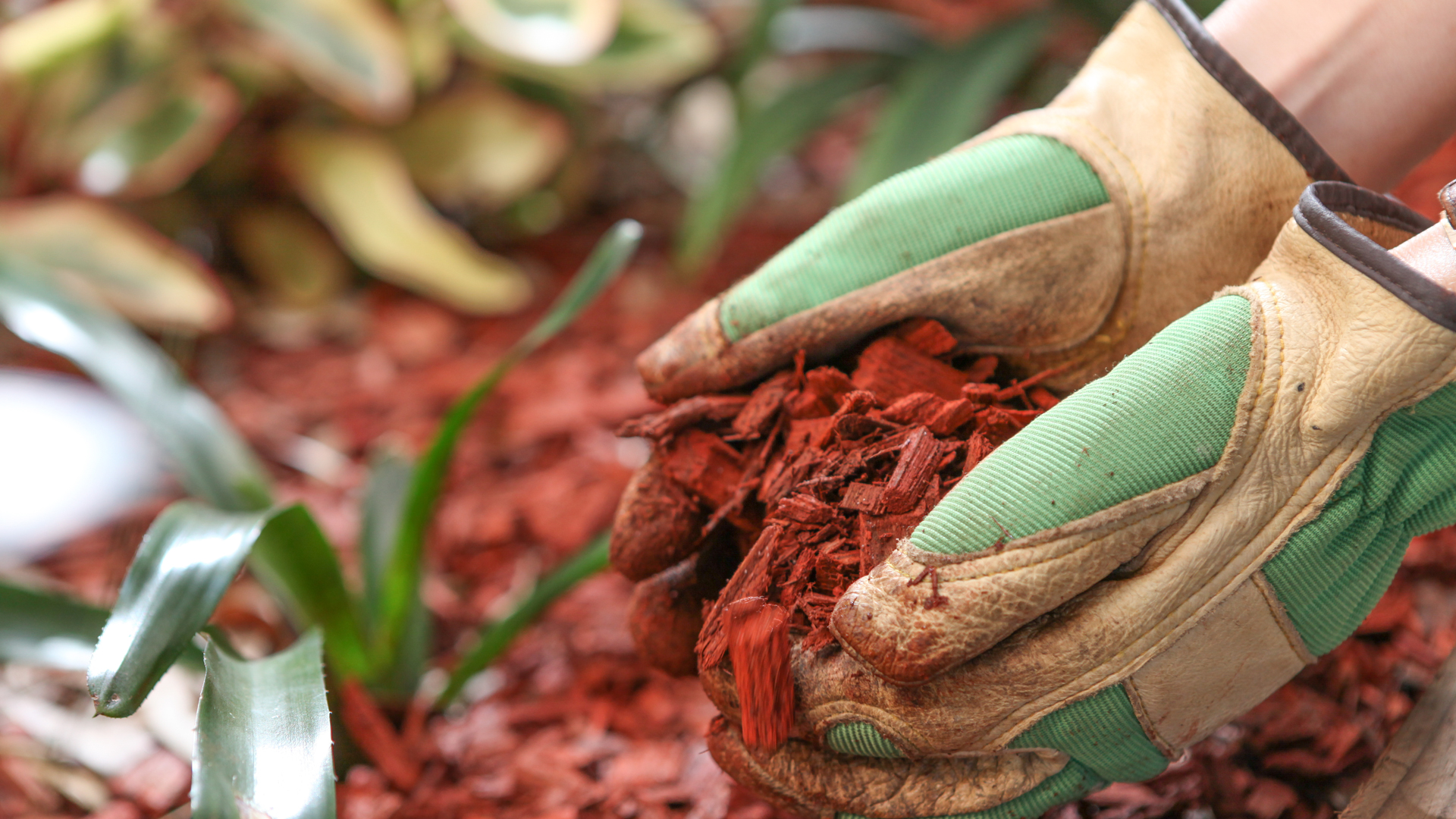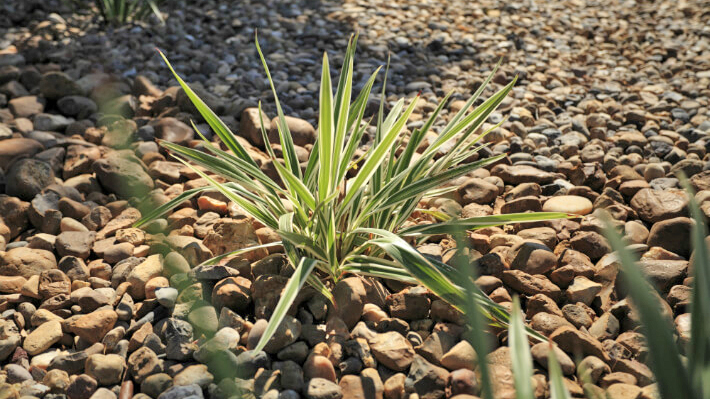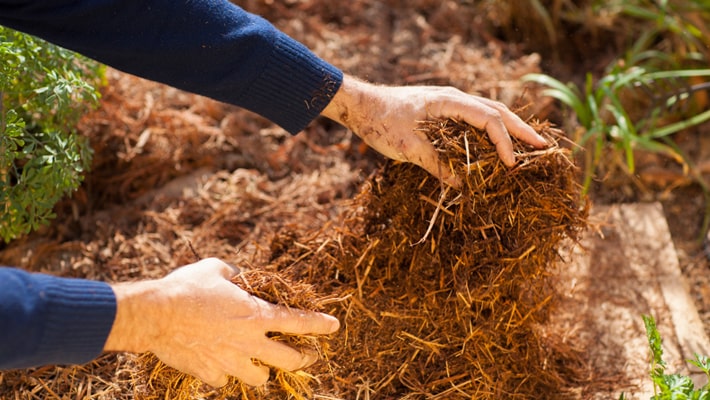When applied correctly, mulch can help plants retain moisture and enhance the quality of the soil.
With the return of somewhat cooler temperatures and even a bit of rain after our hottest-ever summer, it’s finally possible for many of us to get back to productive tasks in the landscape.
Checking the garden calendar, early fall has traditionally been considered one of the best times to re-apply mulch. But what exactly is mulch, should you use it, and how do you use it? Also, are there any downsides to mulch? If you’ve pondered these questions, this article is for you!
Mulch is a layer of material applied to the surface of the soil, especially in landscape beds. Properly used, it can help plants retain moisture and even enhance the quality of the soil. While we most often see mulch as wood chips, there are both organic and inorganic options.
Here are some examples of each.
Organic mulches
- Hardwood chips or shreds
- Bark chips or shreds
- Leaves
- Pecan shells
- Straw
- Pine needles
Inorganic mulches
- Rock of various sizes
- Decomposed granite
- Rubber chips
How to know which one is right for you is a matter of personal choice. Organic mulches like wood chips tend to decompose over time, and they’ll likely need to be periodically re-applied — in fall, for instance.
On the other hand, inorganic mulches like decomposed granite may seem to offer a longer lasting solution but may provide little nutritional benefit to the soil. In addition, they may actually increase soil temperature and can run off heavily in rains.
Organic mulches provide a host of additional benefits. Here are some in reverse order, like a late-night talk show:
- Reduce plant competition.
- Increase macro and micro-organism interaction.
- Encourage beneficial soil organisms like bacteria, fungi, and earthworms.
- Enhance soil structure that allows air and water to penetrate.
- Inhibit weed germination and growth.
- Reduce soil temperature.
- Encourage root growth.
- Assist plants with drought tolerance and nutrient absorption.
- Add food carbon and energy to the soil – the organic matter that matters.
- Increase water-holding capacity and retains moisture in soils.
About the last — and most important — reason: If your plants survived the hottest, driest summer on record, perhaps it was because you cared enough to mulch them in May.
Gardeners strongly advise mulching in May and September to achieve maximum benefits, so now is a great time for to touch up your mulch.

Even very small amounts, one inch or so, of woodchips, leaves or pecan shells significantly reduce soil temperatures. Aim to maintain between one and two inches of mulch on your garden beds. Garden experts stress three things for the landscape: compost, compost and compost. So, let’s add and double down and mulch, mulch and mulch over that compost.
One last word about mulch around trees. Trees ‘breathe’ around the base of their trunk, the area called the root flare. You can see it in most trees, as the trunk meets the ground, there is a ‘flare out’ of the trunk of the tree. NEVER pile up mulch next to, on top of, or covering the root flare.
Limited oxygen in the soil and excessive moisture on roots around the trunk provide excellent conditions for fungi, bacteria, and insects to do their dirty deeds. If Mother Nature doesn’t do it, neither should you. Piling up mounds of mulch against tree trunks is harmful. These prolific piles encourage all sorts of pests to enter your tree. Rule of thumb: no more than 2 inches of mulch in depth around the tree and never within 2 to 3 inches of the trunk.
Mulch is a vital component of a successful garden and landscape. When applied correctly, there are significant pros to using it to help your plants and trees.


